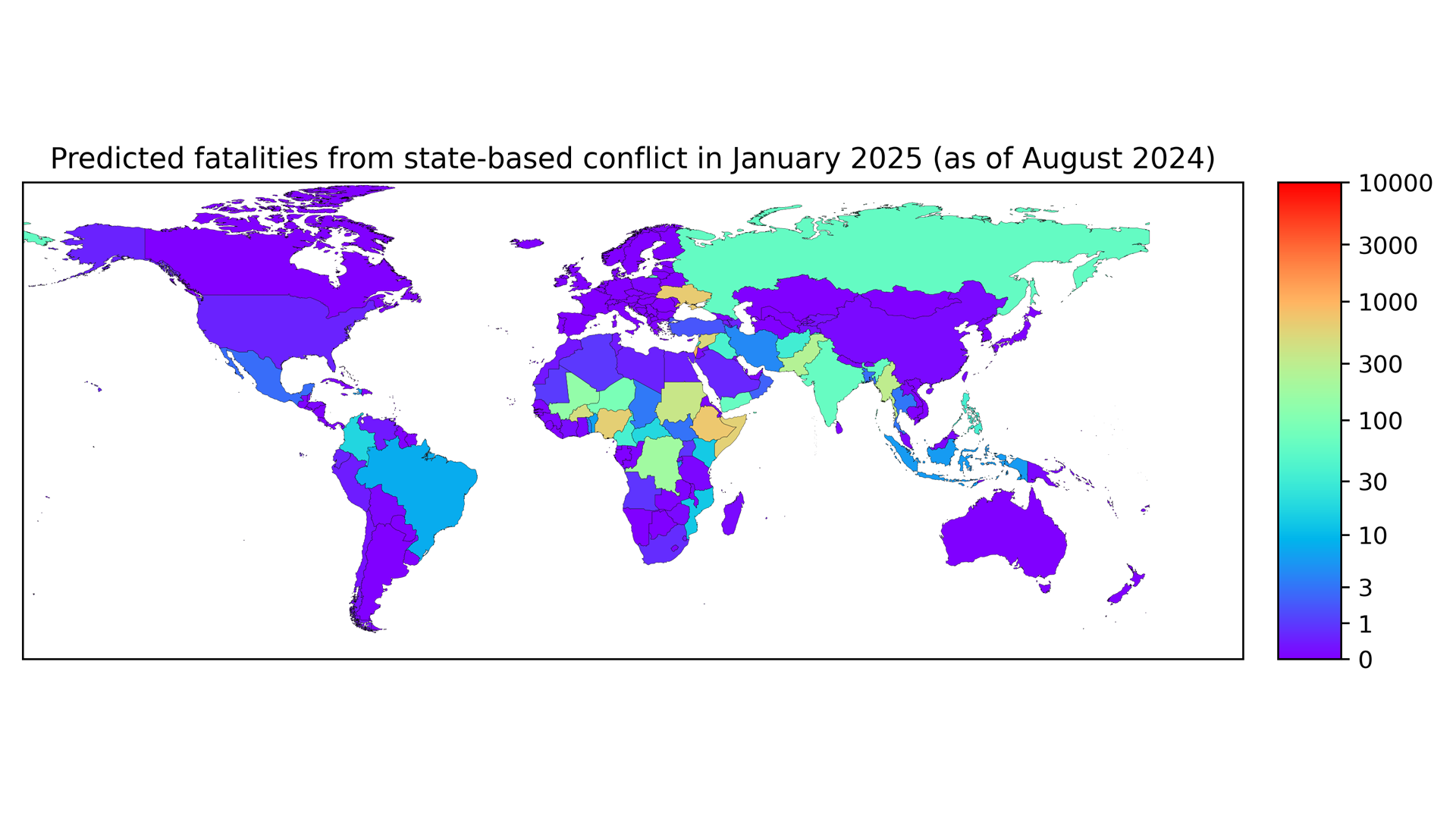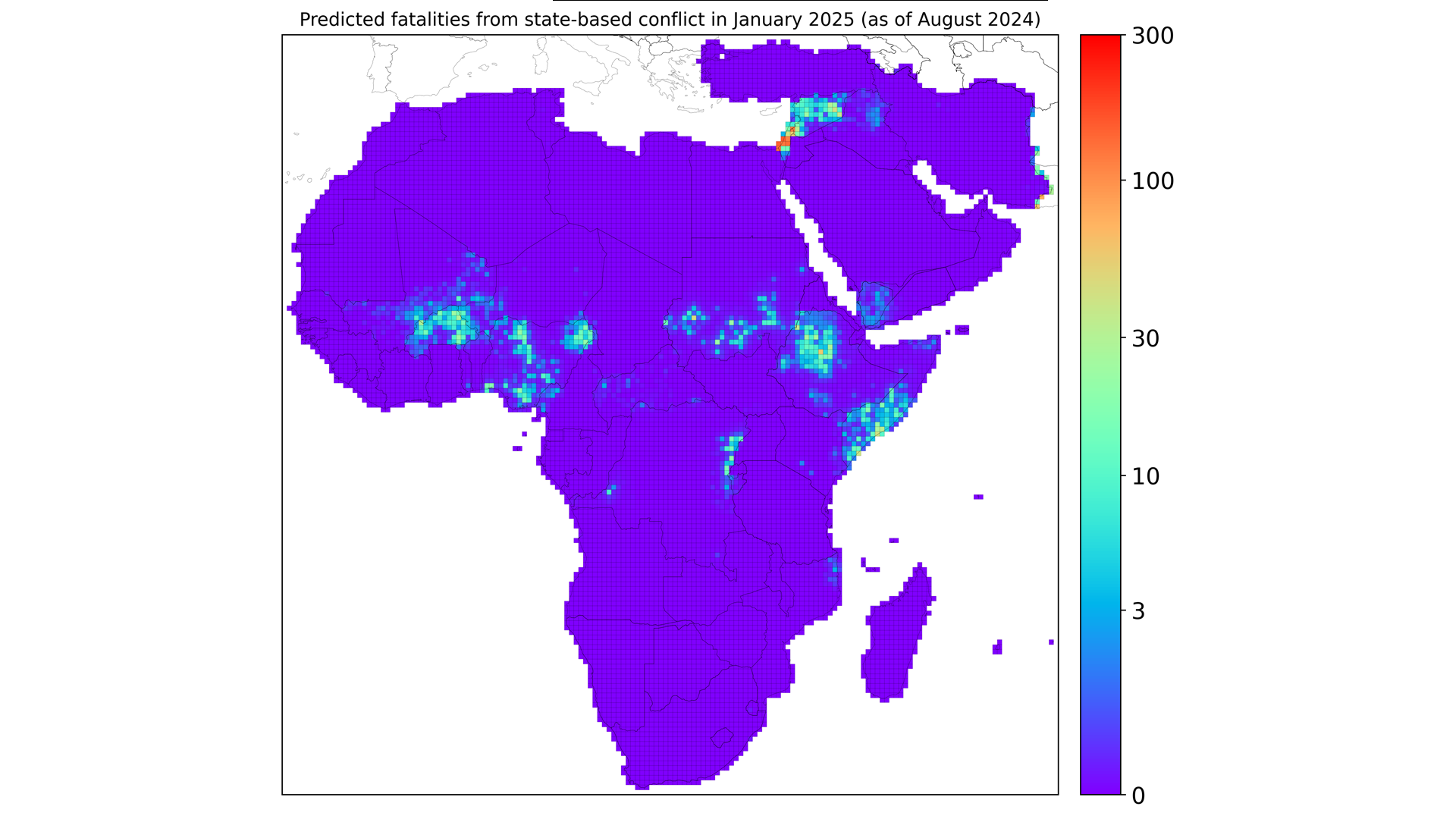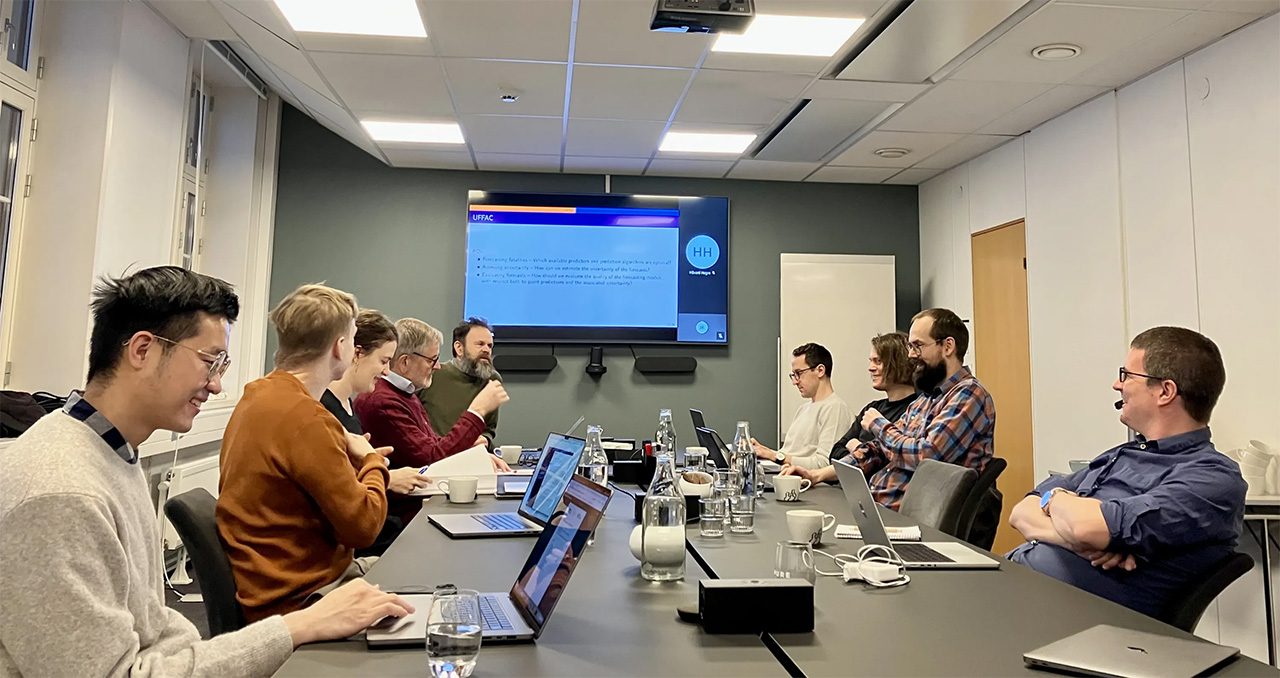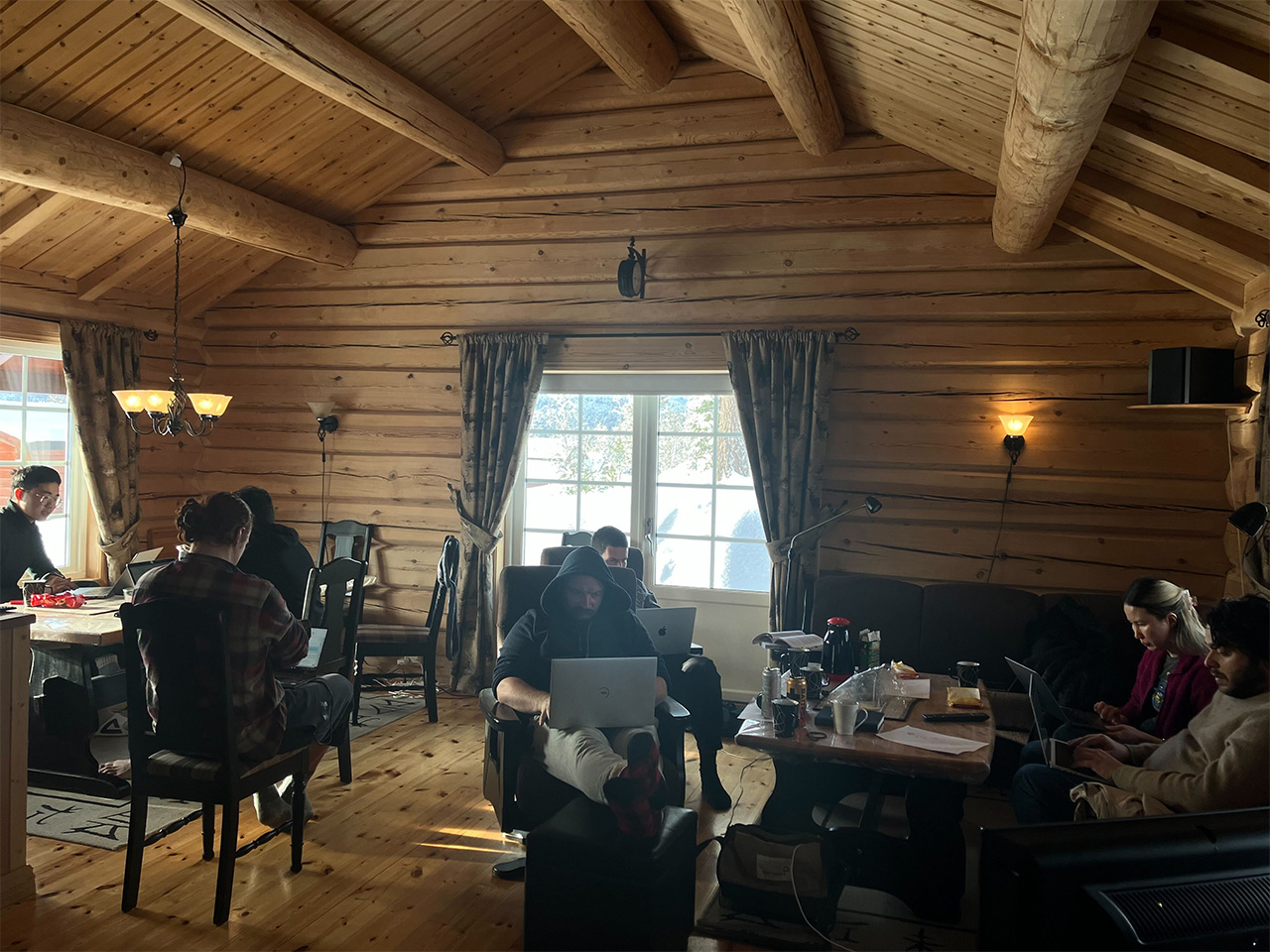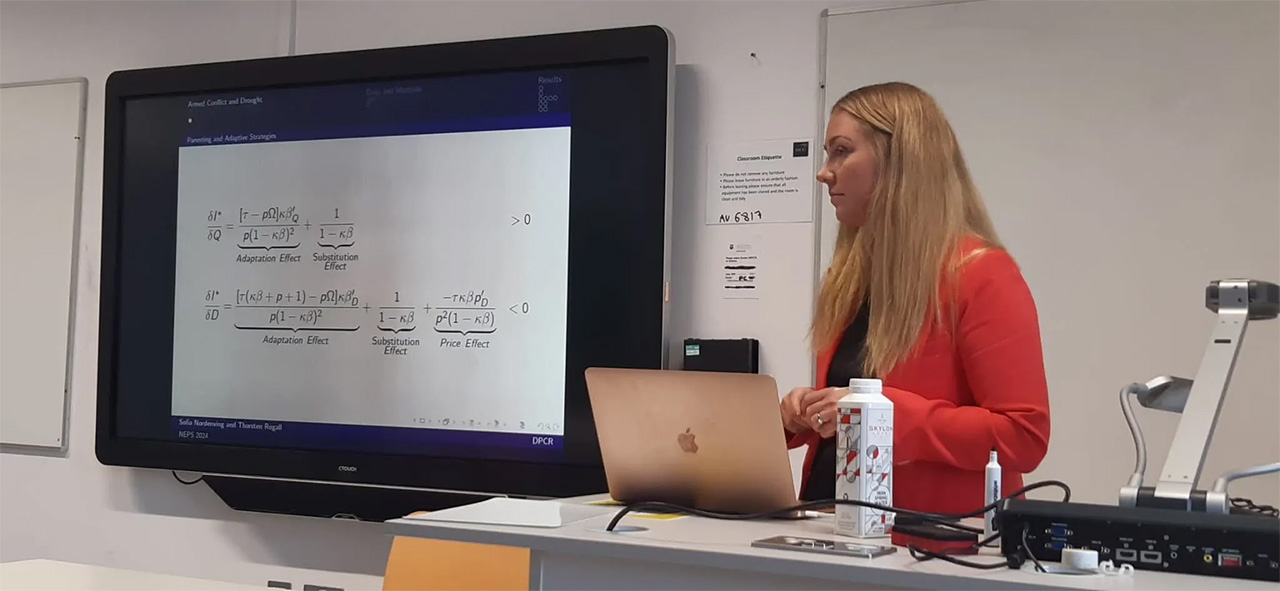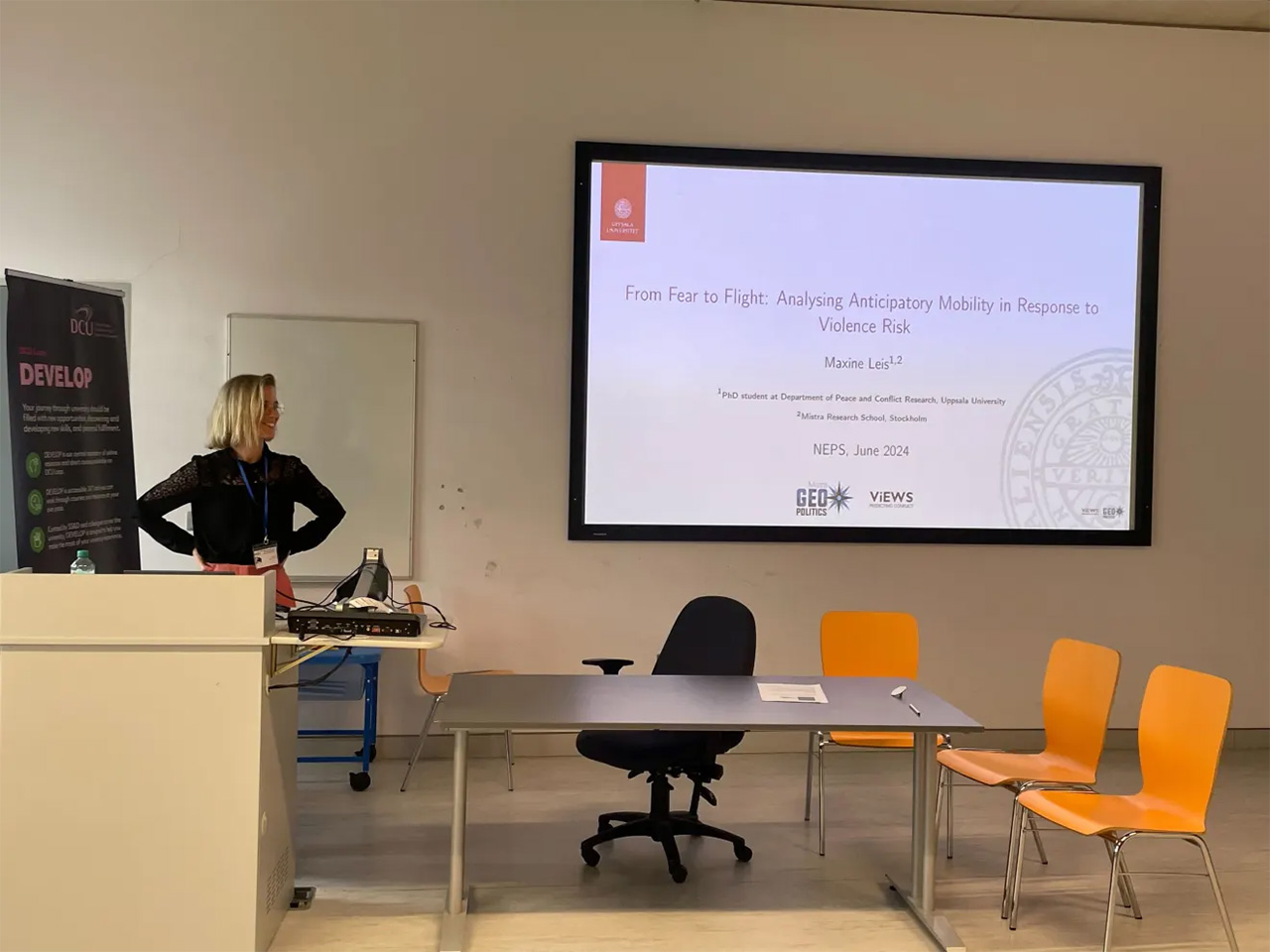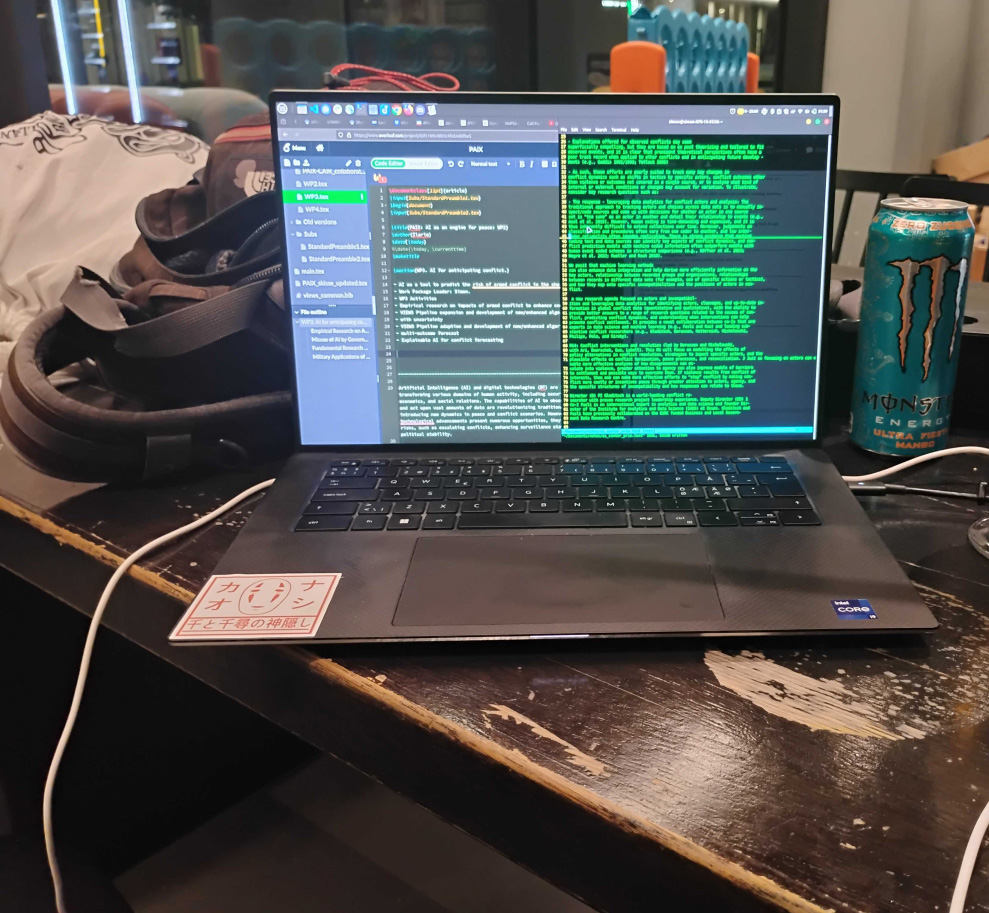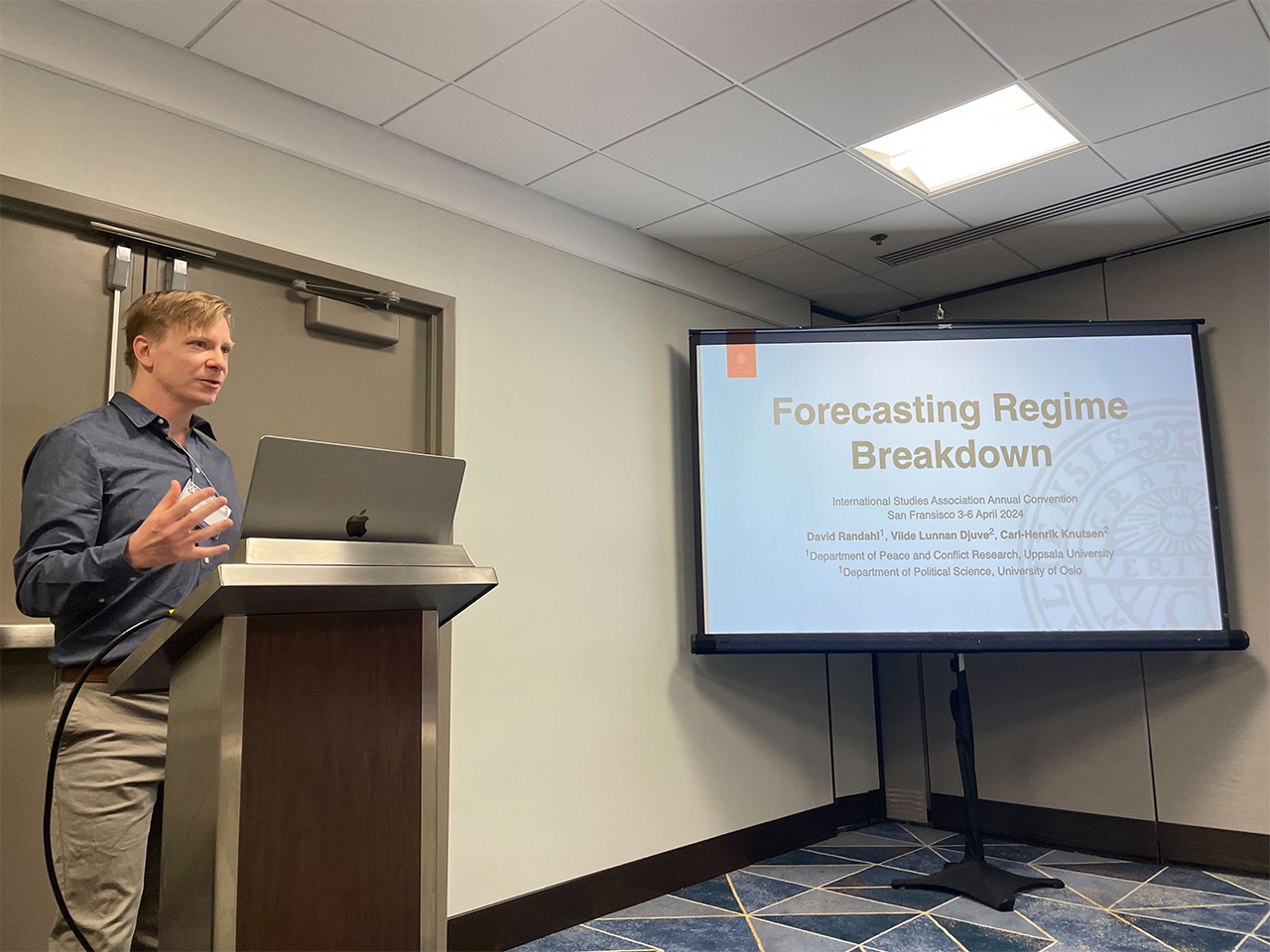Use of AI for Peace | 2024
VIEWS
Norway
Håvard Hegre
Prize Announcement
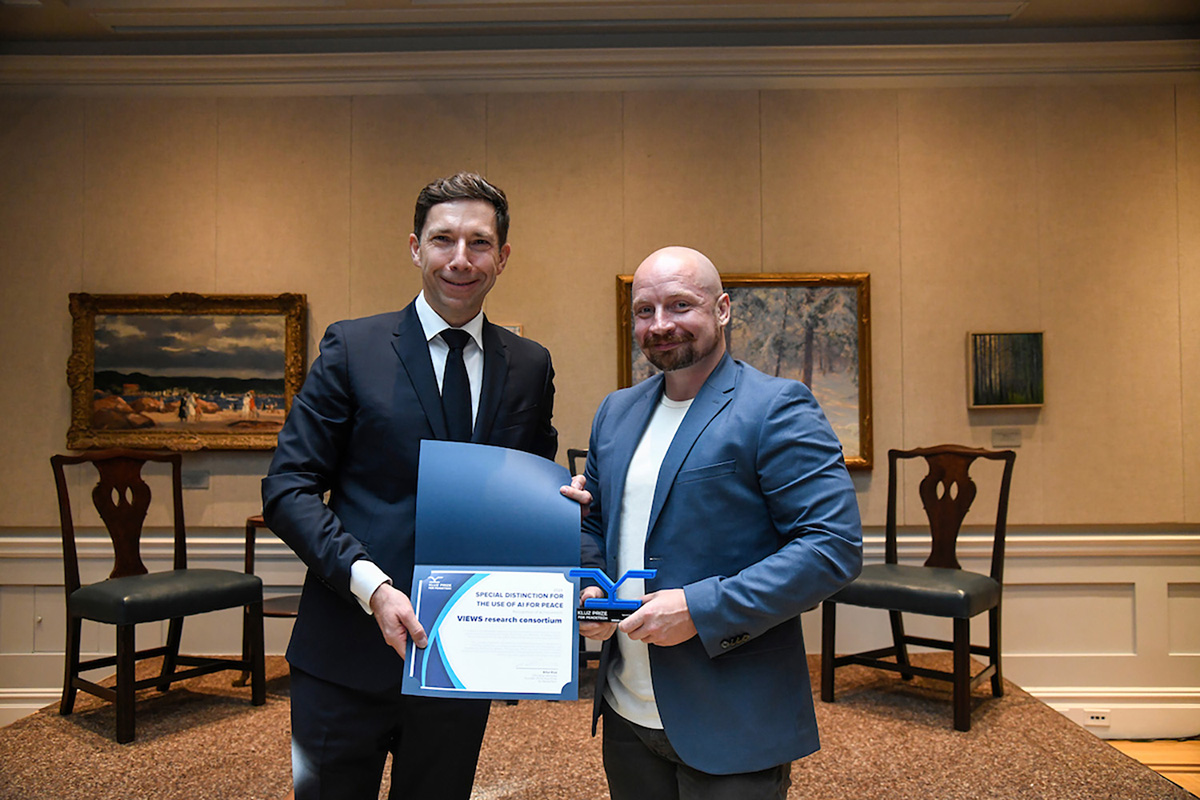
Impact
What is the potential of your work for widespread impact? How do you meaningfully improve the lives of people?
VIEWS provides continuously updated insights into highly complex conflict scenarios, offering a timely and effective foundation for crisis and emergency response actors to prepare and mobilize resources for conflict mitigation, peacebuilding, and conflict prevention. Forecasts are produced monthly for the next 36 months across all countries with more detailed spatial granularity (0.5°) for Africa and the Middle East (with an aim of global coverage by end of 2024), making it a cornerstone for anticipatory action and guidance of funding for humanitarian assistance.
Adhering to the principles of FAIR data, all output data is also publicly accessible and free of charge through downloads and an interactive map-based data dashboard that contextualizes our predictions with historical conflict data. As such, our system is not only subject to scientific scrutiny and validation, but also accessible to civil society, NGOs, IGOs and other decision-makers that may lack access to intelligence and/or military early warning systems but play a vital role in conflict prevention, mitigation and peace-building.

Metrics
- 70+Conflict prediction datasets produced
- 100+Publications
- 18Partner institutes
Source: Provided in the interview above
"We are honored to receive this distinction. It is a testament to the hard work and dedication of our team. Our goal has always been to leverage technology to predict and possibly prevent conflicts and their adverse impacts. This award reinforces the importance of our mission."
Håvard Hegre, Director of VIEWS
VIEWS in action
